Water Policy
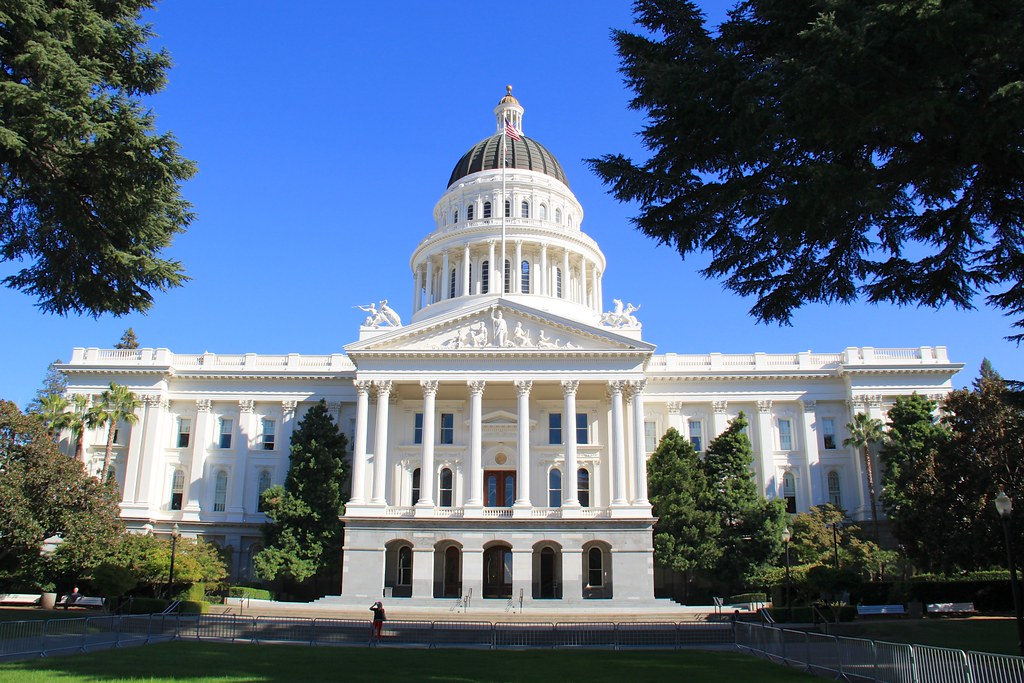
Water Policy
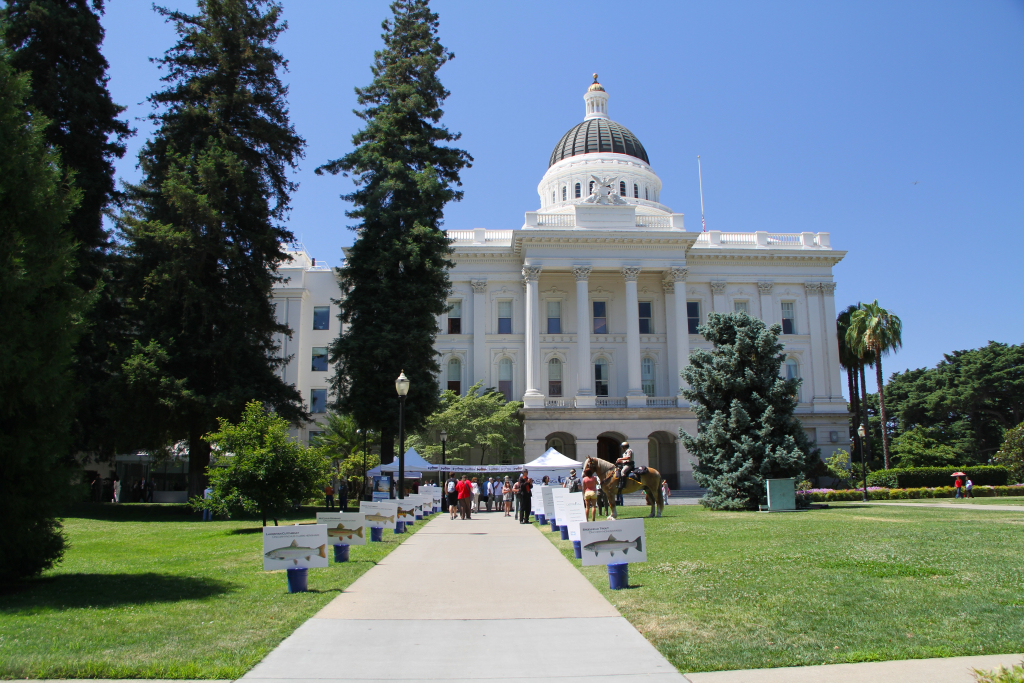 Casting call at the Capitol © California Trout
Casting call at the Capitol © California TroutShaping Policy to Support Our Vision of Restored Streamflows
To realize the Coalition’s vision for collaborative water management and restored streamflows, we need to build a supportive policy architecture in fields such as water use, habitat restoration, conservation investment, and endangered species recovery.
The Coalition’s policy arm is tasked with building off our ground restoration experience and hard science focus to shape policy both in the state legislature and at the agency level.
In this time of drought and financial uncertainty, we will lean on the Coalition’s collective expertise to ensure that California sustains its investment in this work, with the support of elected officials, agency management, and the public.
Coalition Policy Initiatives
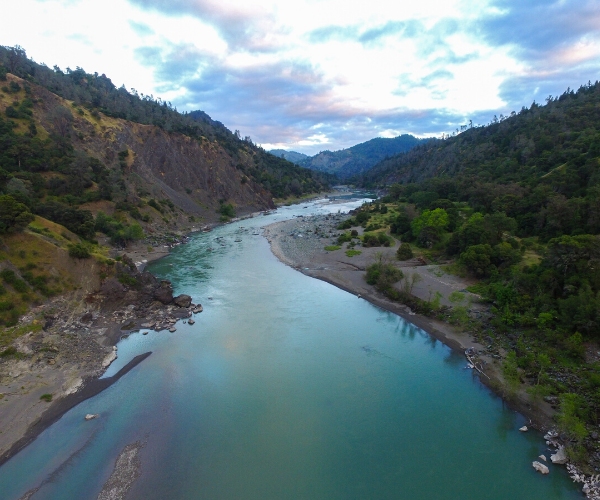 Eel River © Mike Wier, California Trout
Eel River © Mike Wier, California TroutThe Coalition’s policy work falls into three main areas:
- Influencing new policy and public investment in conservation through the California legislature
- Working with agencies to implement existing policy in ways that support our on-the ground work
- Streamlining existing policy and eliminating “green tape” that slows the progress of restoration
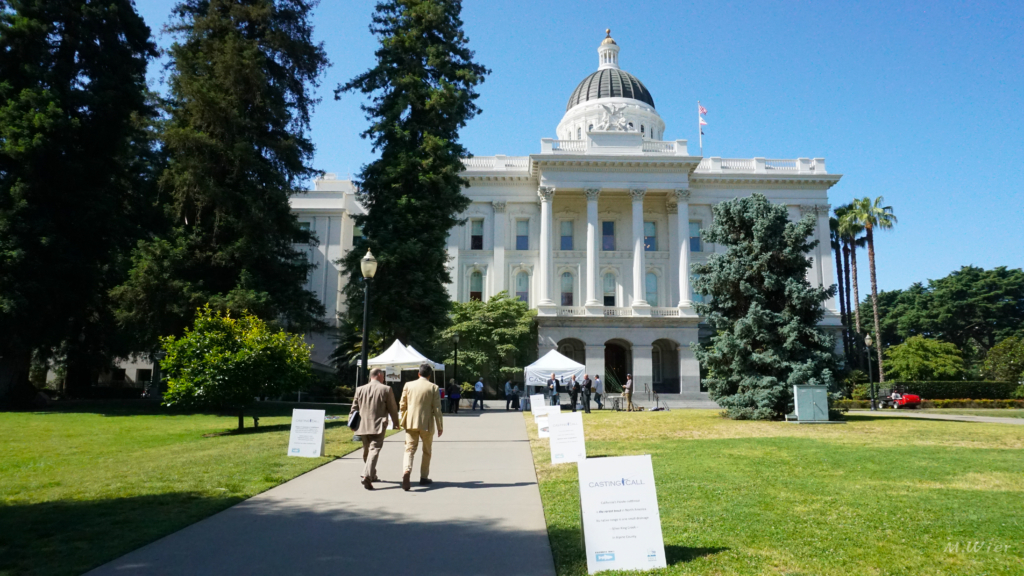 Casting Call © California Trout
Casting Call © California TroutLegislative Approach
Over the past six years, the Coalition has made great strides in cementing our presence in Sacramento and coalescing the existing policy approaches of our three organizations into a unified voice that speaks with authority on streamflow issues.
Our combined efforts have produced results. We helped craft conservation measures embedded in the legalization of cannabis in California, developed relationships with legislators and staff in and out of the Capitol, secured the passage of key legislation, and influenced restoration funding measures including Prop 68.
Our policy team continues to be at the forefront of efforts to enact new bond measures that include funding for additional streamflow enhancement and habitat restoration.
We are also working to protect existing agency budgets amidst the challenges posed by the economic conditions resulting from the Covid-19 pandemic.
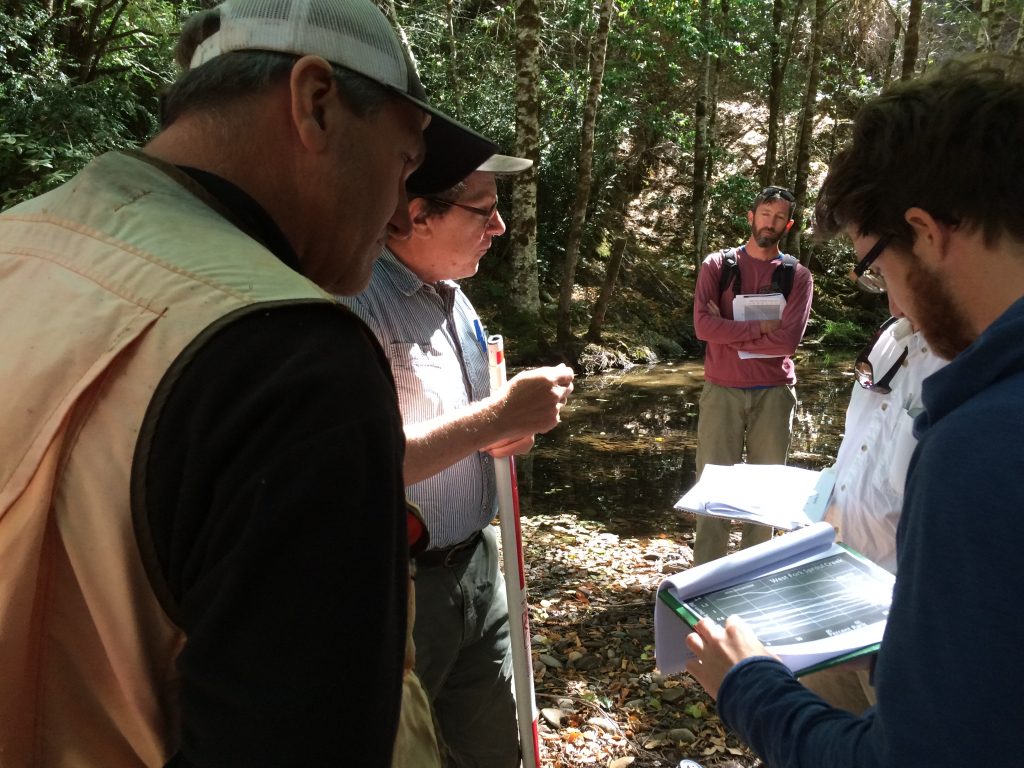 Sproul Creek © Trout Unlimited
Sproul Creek © Trout UnlimitedAgency Work
Another main element of the Coalition’s policy work is the pursuit of policy initiatives at the agency level.
In many cases the agencies have the existing legal authority to carry out policies that will improve streamflows and support salmon and steelhead recovery.
The challenge is to focus these resources in effective ways.
A lead example is our work with CDFW on the North Coast Salmon Project, an ambitious program to re-think how that agency’s various actions – including permitting of water rights, funding of restoration projects, and enforcement of fishing regulations – can be modified to accelerate coho salmon recovery.
The Project’s initial phases will focus on four watersheds – Lagunitas Creek, the South Fork Eel, tributaries of the lower Russian, and the Mendocino Coast – which are all watersheds where our Coalition has active projects.
Another area where the Coalition has taken a lead role is agency monitoring of salmon and steelhead populations.
We worked to bring the CDFW and the National Marine Fisheries Service together to find a common strategy around implementing a monitoring program for salmonids that will finally give California consistent data on salmon and steelhead migrating to and from our important salmonid streams.
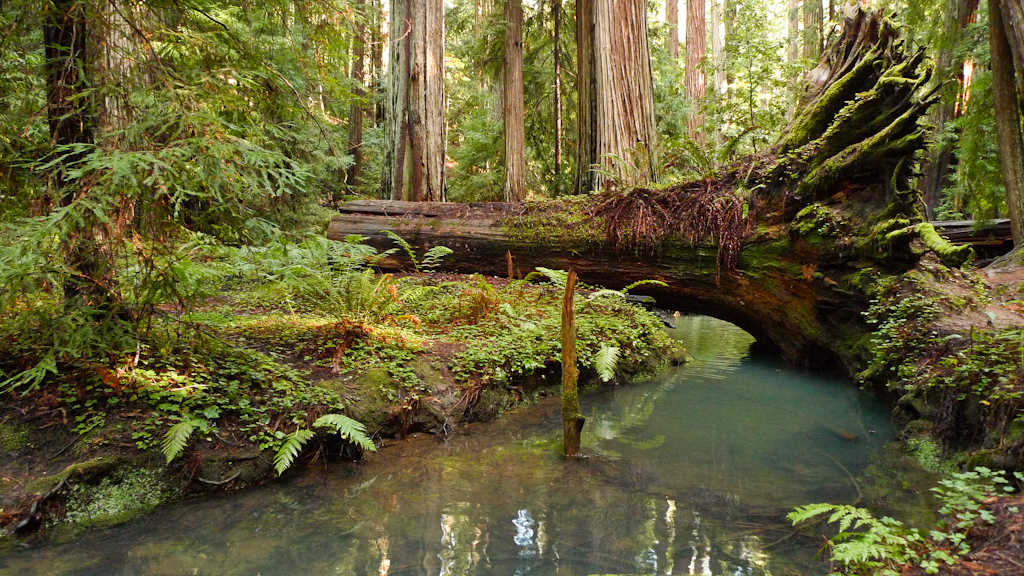 Woody debris in and around a stream in Montgomery Woods State Natural Reserve © iStock.com / GaryKavanagh
Woody debris in and around a stream in Montgomery Woods State Natural Reserve © iStock.com / GaryKavanaghRemoving Green Tape
A third component of the Coalition’s policy activities is to work with agencies to identify and remove bottlenecks to important restoration objectives.
Too often, both agencies and conservation nonprofits delay and sometimes prevent good work from being done on the ground in an efficient manner.
For example, existing permitting policies can make the process of obtaining new water rights for streamflow restoration projects a very slow and expensive one.
We work with staff at the State Water Board and CDFW to find ways to streamline this process using the discretion they have under existing permitting laws.
We also work with CDFW to find ways to implement the requirements of Fish and Game Code § 1602 – which gives that agency broad power to regulate water diversion – in ways that reward best practices and incentivize landowners to participate in voluntary streamflow projects.

